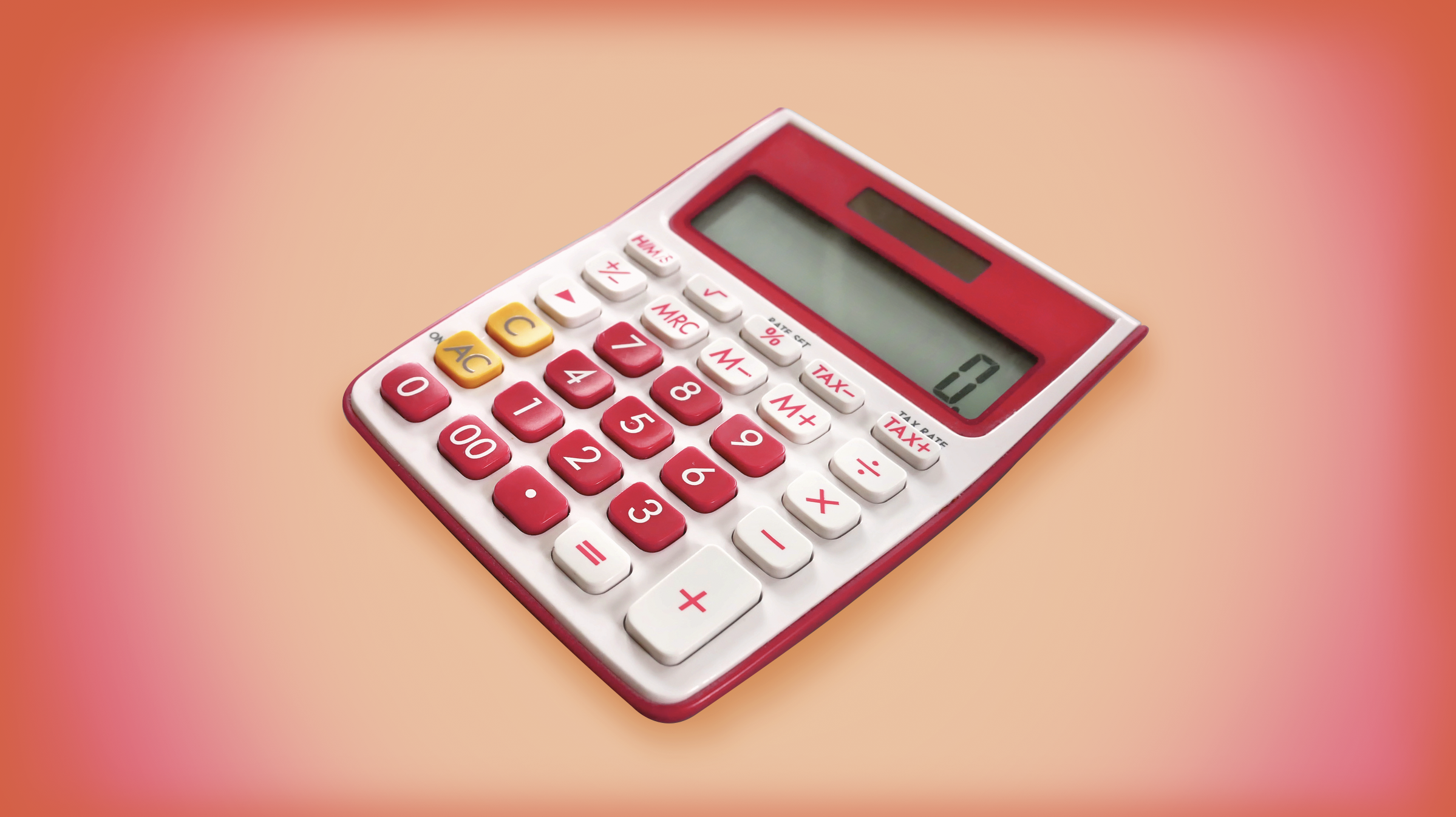This Calculator Gives the Endless Casual Dating Phase an Expiration Date

Credit to Author: Katie Way| Date: Wed, 12 Feb 2020 19:59:42 +0000
When commitment feels rare and everyone’s lonely, Change of Heart is a Valentine's Week investigation of what makes relationships so hard—and how they can be better.
Maybe the worst part of dating around is that it has no clear endpoint. How long can anyone be expected to go on date after Tinder date after Hinge date after Bumble date before their soul gives out and they declare bankruptcy on either themselves or humanity?
While love is not mathematical and connection is not quantifiable, the Dating Theory Calculator aims to at least provide some reassurance to people who date with a hope to eventually stop dating. The Dating Theory Calculator overlays a piece of probability theory called the optimal stopping problem with metrics of a person’s sheer resolve (i.e., how many dates they can stand to go on per week, times how many years they can go on like that) with the aim of helping people realize there is an end in sight. Quantitatively speaking, at least.
So, what is the optimal stopping problem? Unfortunately, it’s math. Please, take a moment to watch this Youtube video, which got me close enough to understanding the calculation side of optimal stopping to write this article:
Basically, in order to maximize gain and minimize pain, a person should go through around 37 percent of their options to gauge what’s available, and then pick the first available option that’s higher value than everything they’ve already seen. Doing this will give them the best chance of making an optimal choice out of a given selection pool. As an example: if you live in a very small town with only 10 eligible people to date, you would go on dates with four of them, and then on each subsequent date, compare the new person to the first four; if they compare favorably, that’s your person.
The Dating Theory Calculator takes some of the math out of the… equation. Plugging in the number of first dates you’re willing to go on and how soon you’re looking to settle down (say, two dates a month to find a partner within three years) gives the number of people to automatically reject based on the 37 percent rule, along with exactly how long that rejection period, where you automatically turn down anyone you go out with, should last. After that window closes, you should keep dating until you find the first person who is better (for you) than everyone else you’ve already met, and you lock their ass down.
Calculatorian Dominik Czernia told VICE that he and his coworkers were inspired to build the dating calculator after reading a few articles applying the stopping problem to monogamous dating and listening to mathematician Hannah Fry’s TEDTalk on the subject. Czernia said making the tool customizable and interactive meant taking the existing logic a step further. “If you have troubles with finding a person, if you go on many, many dates and you're not sure which person you should choose, then you should follow this strategy and the probability that you will choose the ideal person is the highest,” he said. “If you're single and looking for someone to love, that's a tool for you.”
According to Czernia, the calculator was designed to factor in preference, and therefore makes the information the calculator spits out as realistic as possible. Along with entering the number of new people they’re willing to meet and how long they’re willing to date around for, users also have the ability to add in factors like “rejection rate” where the choice to continue the relationship is out of your control (like, say, being dumped because your date found out that you only went out with them because an internet calculator told you to) or whether they’re just looking for a “top 5” or “top 10” partner, rather than “The One.”
One issue with the optimal stopping problem is that, if you consider the available pool to be “all eligible people you’d reasonably date who live within a short commute,” that could be tens or hundreds of thousands of people in a large city; you’d actually die before getting to the 37 percent threshold even if, theoretically, you went on a date every day. Czernia instead defines a person’s dating pool as the number of dates they can stomach, inflected on how many years in a row they will have the patience to keep dating.
Czernia said the calculator’s greatest utility is helping people figure out what their ideal relationship would feel like, and what their ideal partner would be like. “The point of the calculator is to meet a small group of people and see what are your expectations, what you expect from your future partner,” he said. “You cannot meet 10,000 singles in your area—It's not possible!”
Of course, the Dating Theory Calculator is far from foolproof—Czernia noted that looking for any partner other than the best one should decrease the rejection period rather than increase it, which the calculator currently automatically does. He also said applying optimal stopping could inadvertently lead to rejecting an ideal partner outright—though luckily in real life, unlike in the optimal stopping theory, rejecting someone after the first time you went out doesn’t mean there’s zero chance for trying again with them later.
And if applying math to dating sounds outright cynical and antithetical to romance itself, well, Czernia insists that it’s actually just practical. “Some people might think that love is something that comes from the inside, that you can feel when the person you met is the ideal, yes? That is not always the truth, in my opinion,” Czernia said. “Math is in our everyday life, and even in love.”
Sign up for our newsletter to get the best of VICE delivered to your inbox daily.
Follow Katie Way on Twitter.
This article originally appeared on VICE US.